Shop Grains Here
Wheat is one of the most commonly consumed grains across the world, and it's a staple food in many cultures. However, not all wheat is created equal. There are two main types of wheat: hard and soft. Each type of wheat has unique characteristics that make it suitable for different culinary applications. In this article, we'll explore the benefits of hard vs soft wheat and help you understand which type of wheat is best for your needs.
Understanding Hard and Soft Wheat
Before we dive into the benefits of each type of wheat, let's take a moment to define what hard and soft wheat are and how they differ from each other.
Wheat is one of the most widely cultivated crops in the world, and there are many different varieties of wheat available. However, two of the most common types of wheat are hard wheat and soft wheat.
What is Hard Wheat?
Hard wheat, also known as durum wheat, is a variety of wheat that has a high protein content and is typically used for making products that require strong gluten development. These include pasta, bread, and couscous. Hard wheat is usually grown in arid regions and is able to withstand harsh environmental conditions, making it a sturdy crop.
One of the key characteristics of hard wheat is its high protein content. This protein is what gives hard wheat its strength and makes it ideal for making products like pasta and bread. Hard wheat also has a higher gluten content than soft wheat, which makes it better suited for products that require strong gluten development.
Another benefit of hard wheat is that it has a longer shelf life than soft wheat. This is because the high protein content of hard wheat helps to preserve the grain and prevent it from spoiling.
What is Soft Wheat?
Soft wheat, also known as common wheat, is a variety of wheat that has a lower protein content and is usually used for making products like cakes, pastries, and crackers. Soft wheat is usually grown in more temperate climates and has a shorter growing season than hard wheat.
Unlike hard wheat, soft wheat has a lower protein content and a lower gluten content. This makes it better suited for products that require a more tender texture, like cakes and pastries.
Soft wheat is also more versatile than hard wheat and can be used in a wide variety of products. In addition to cakes and pastries, soft wheat is often used in products like cookies, crackers, and breakfast cereals.
Key Differences Between Hard and Soft Wheat
While the main difference between hard and soft wheat lies in their protein content, there are several other key differences that set the two types of wheat apart. For example, hard wheat has a higher gluten content than soft wheat, which makes it better suited for products that require strong gluten development. On the other hand, soft wheat has a lower gluten content, which makes it better suited for products that require a more tender texture, like cakes and pastries.
Another key difference between hard and soft wheat is their growing conditions. Hard wheat is typically grown in arid regions and is able to withstand harsh environmental conditions, while soft wheat is usually grown in more temperate climates and has a shorter growing season.
Despite these differences, both hard and soft wheat are important crops that play a vital role in our food supply. Whether you're enjoying a slice of bread made from hard wheat or a delicious pastry made from soft wheat, you can rest assured that you're enjoying a nutritious and delicious food that has been cultivated with care.
Nutritional Benefits of Hard and Soft Wheat
Both hard and soft wheat provide a variety of nutritional benefits. Here's a closer look at the macronutrient and micronutrient content of each type of wheat.
Wheat has been a staple food for centuries and is a key ingredient in many of our favorite dishes. It is a versatile grain that can be used in a variety of ways, from making bread and pasta to creating snacks and desserts. But what makes wheat such a valuable addition to our diets?
Let's take a deeper dive into the nutritional benefits of hard and soft wheat.
Macronutrient Comparison
When it comes to macronutrient content, hard and soft wheat are fairly similar. Both types of wheat are a good source of carbohydrates, which provide energy for the body. They also contain small amounts of fat and protein. However, hard wheat has a slightly higher protein content than soft wheat, which makes it a better choice for those looking to increase their protein intake.
Protein is an essential macronutrient that is important for building and repairing tissues in the body. It is also necessary for the production of enzymes, hormones, and other molecules that are involved in various bodily functions. Including hard wheat in your diet can help you meet your daily protein needs and support overall health.
Micronutrient Comparison
In terms of micronutrient content, both types of wheat provide similar amounts of vitamins and minerals. However, hard wheat is a slightly better source of certain nutrients, like iron and zinc.
Iron is an important mineral that is involved in the production of hemoglobin, a protein in red blood cells that carries oxygen throughout the body. Zinc is a mineral that is involved in many bodily functions, including immune system health, wound healing, and DNA synthesis. Including hard wheat in your diet can help you meet your daily needs for these important nutrients.
Fiber Content and Digestibility
Both hard and soft wheat are a good source of fiber, which is important for maintaining healthy digestion and preventing chronic diseases like heart disease and diabetes. However, the fiber content and digestibility of each type of wheat differs slightly.
Hard wheat has a higher fiber content than soft wheat, which makes it more filling and helps regulate blood sugar levels. Additionally, the gluten in hard wheat can make it more difficult to digest for some individuals, while soft wheat is generally easier to digest.
Fiber is an important nutrient that helps keep us feeling full and satisfied after meals. It also helps regulate blood sugar levels by slowing down the absorption of glucose into the bloodstream. Including both hard and soft wheat in your diet can help you meet your daily fiber needs and support overall health.
In conclusion, both hard and soft wheat provide a variety of nutritional benefits and can be a healthy addition to your diet. Whether you prefer the higher protein content of hard wheat or the easier digestibility of soft wheat, incorporating this versatile grain into your meals can help you meet your daily nutrient needs and support overall health.
Culinary Applications of Hard and Soft Wheat
Wheat is one of the most widely cultivated crops in the world, and it has been a staple food for humans for thousands of years. There are two main types of wheat: hard and soft. Each type of wheat is better suited for certain culinary applications than others. Here's a closer look at how hard and soft wheat are used in the kitchen.
Baking with Hard Wheat
Hard wheat is commonly used for making bread, pasta, and other products that require strong gluten development. Gluten is a protein that gives dough its elasticity and helps it rise. Hard wheat flour has a higher protein content than soft wheat flour, which makes it better suited for these types of products. The high protein content allows the dough to develop a strong gluten structure, which gives bread its characteristic chewy texture.
In addition to bread and pasta, hard wheat is also used for making couscous, which is a staple food in North African cuisine. Couscous is made by rolling semolina flour (which is made from hard wheat) into tiny pellets. These pellets are then steamed and served as a side dish or used as a base for stews and other dishes.
However, it can be more difficult to work with than soft wheat flour, and it may require longer kneading times to develop the gluten properly.
Baking with Soft Wheat
Soft wheat is better suited for making cakes, pastries, and other products that require a tender texture. Because soft wheat has a lower gluten content than hard wheat, it produces a more delicate crumb in baked goods. Soft wheat flour is also commonly used for making crackers and biscuits, which require a more crumbly texture.
In addition to baked goods, soft wheat is also used for making breakfast cereals. Many popular breakfast cereals, such as Cheerios and Wheaties, are made from soft wheat. Soft wheat is also a key ingredient in many types of beer. Wheat beer, for example, is made from a combination of barley and wheat, which gives it a light, refreshing flavor.
Other Cooking Uses for Hard and Soft Wheat
While baking is the most common use for both types of wheat, there are other culinary applications for each type as well. For example, hard wheat is used for making pasta, couscous, and bulgur wheat, which are staples in many cuisines. Bulgur wheat is made by boiling and drying cracked wheat kernels, which are then used in salads, pilafs, and other dishes.
Soft wheat is also used for making tortillas, which are a staple in Mexican cuisine. Tortillas are made by mixing soft wheat flour with water and then rolling the dough into thin disks. The disks are then cooked on a griddle or skillet until they are lightly browned and slightly crispy.
Overall, hard and soft wheat are versatile ingredients that can be used in a wide variety of dishes. Whether you're baking bread, making pasta, or whipping up a batch of pancakes, choosing the right type of wheat can make all the difference in the final product.
Growing Conditions and Environmental Impact
The growing conditions and environmental impact of each type of wheat varies depending on the region it's grown in. Here's a closer look at the ideal growing conditions for hard and soft wheat and the sustainability of each crop.
Ideal Growing Conditions for Hard Wheat
Hard wheat is typically grown in arid regions, like the Middle East and North Africa. It can withstand harsh environmental conditions, like drought and high temperatures, and it's usually grown using sustainable farming practices. However, because hard wheat requires more water than soft wheat to grow, it can have a higher environmental impact in regions where water is scarce.
Ideal Growing Conditions for Soft Wheat
Soft wheat is typically grown in temperate climates, like the Midwest United States and Europe. It has a shorter growing season than hard wheat and requires less water to grow. However, soft wheat is often grown using unsustainable farming practices, which can have a negative impact on the environment.
Sustainability and Environmental Considerations
When choosing between hard and soft wheat, it's important to consider the environmental impact of each crop. Look for products that are sustainably grown and harvested, and consider purchasing products from local farmers who use sustainable farming practices. Additionally, consider reducing your overall wheat consumption by incorporating other grains into your diet, like quinoa, brown rice, and millet.
Conclusion
Both hard and soft wheat provide a variety of benefits, depending on your culinary needs and preferences. When choosing between the two types of wheat, consider the nutritional benefits, culinary applications, growing conditions, and environmental impact of each crop. By making informed choices about your wheat consumption, you can help promote sustainable agriculture and support local farmers while enjoying delicious and nutritious foods.

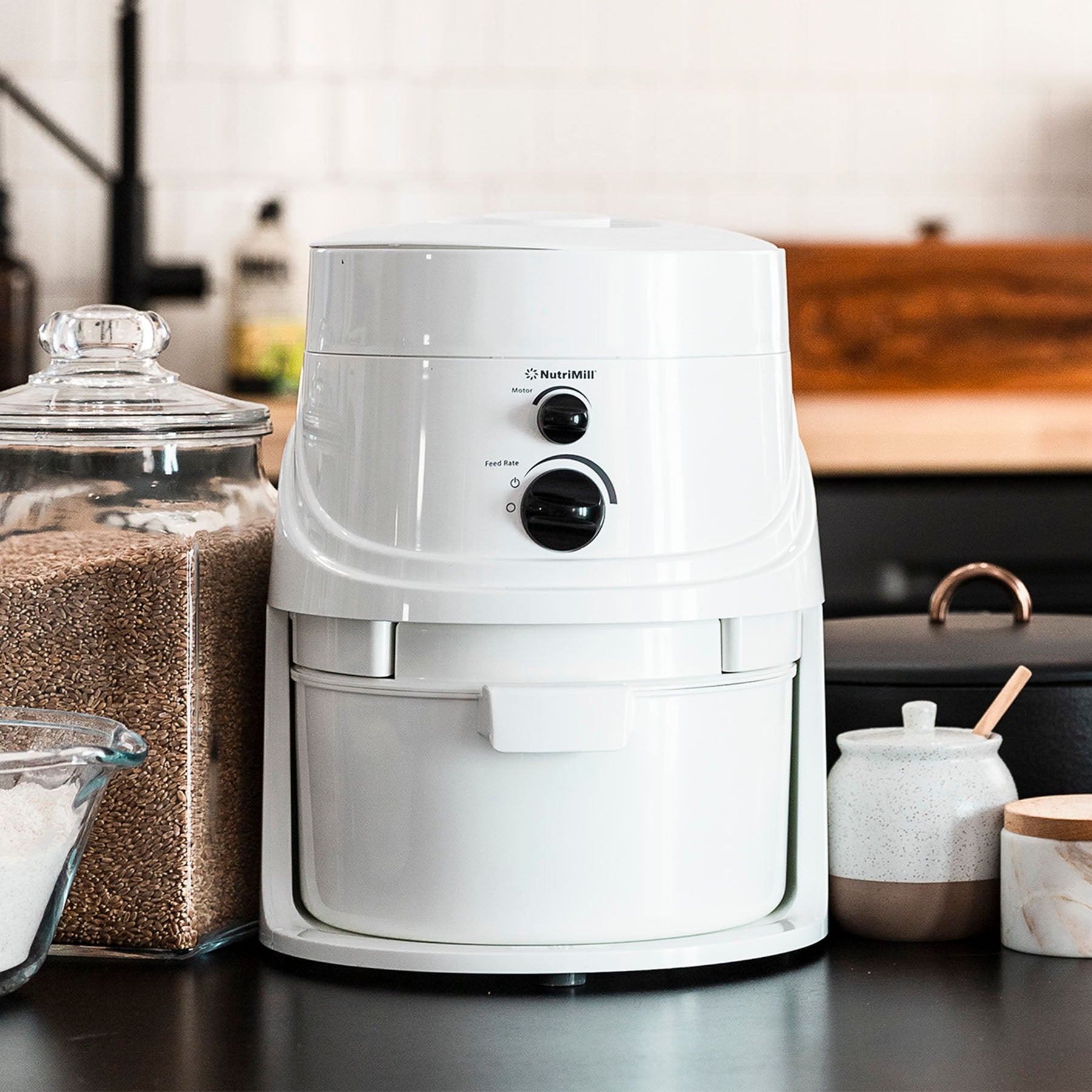

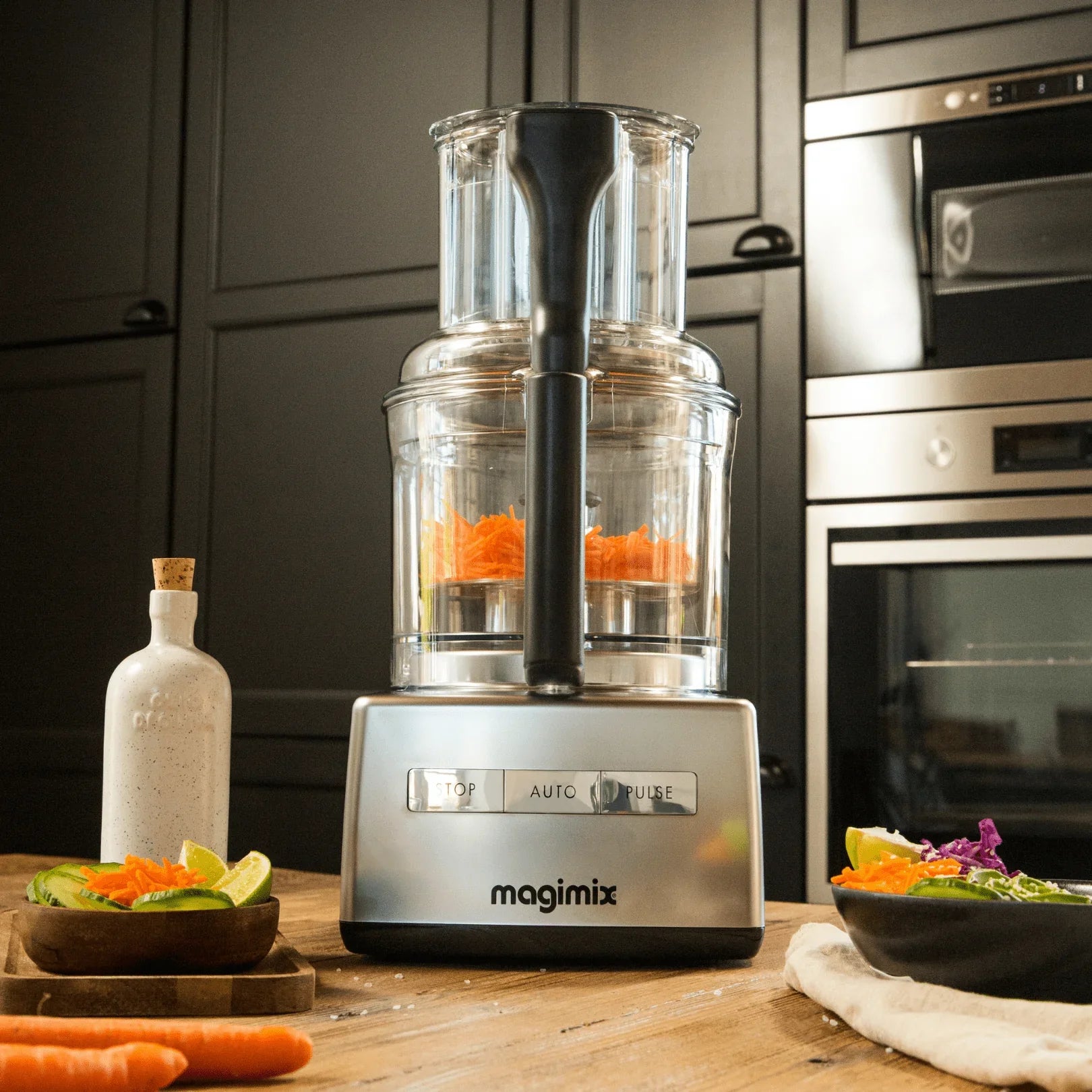

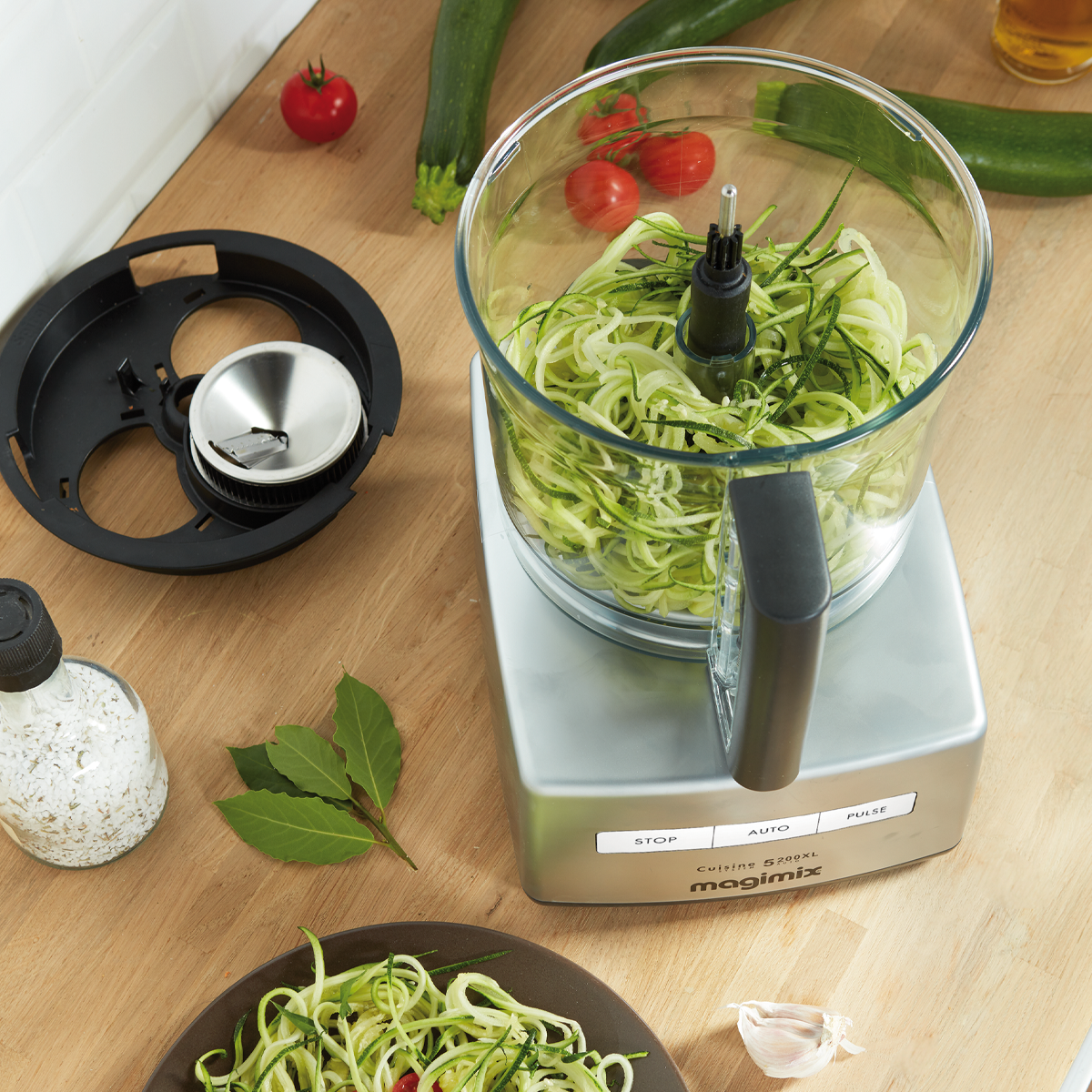
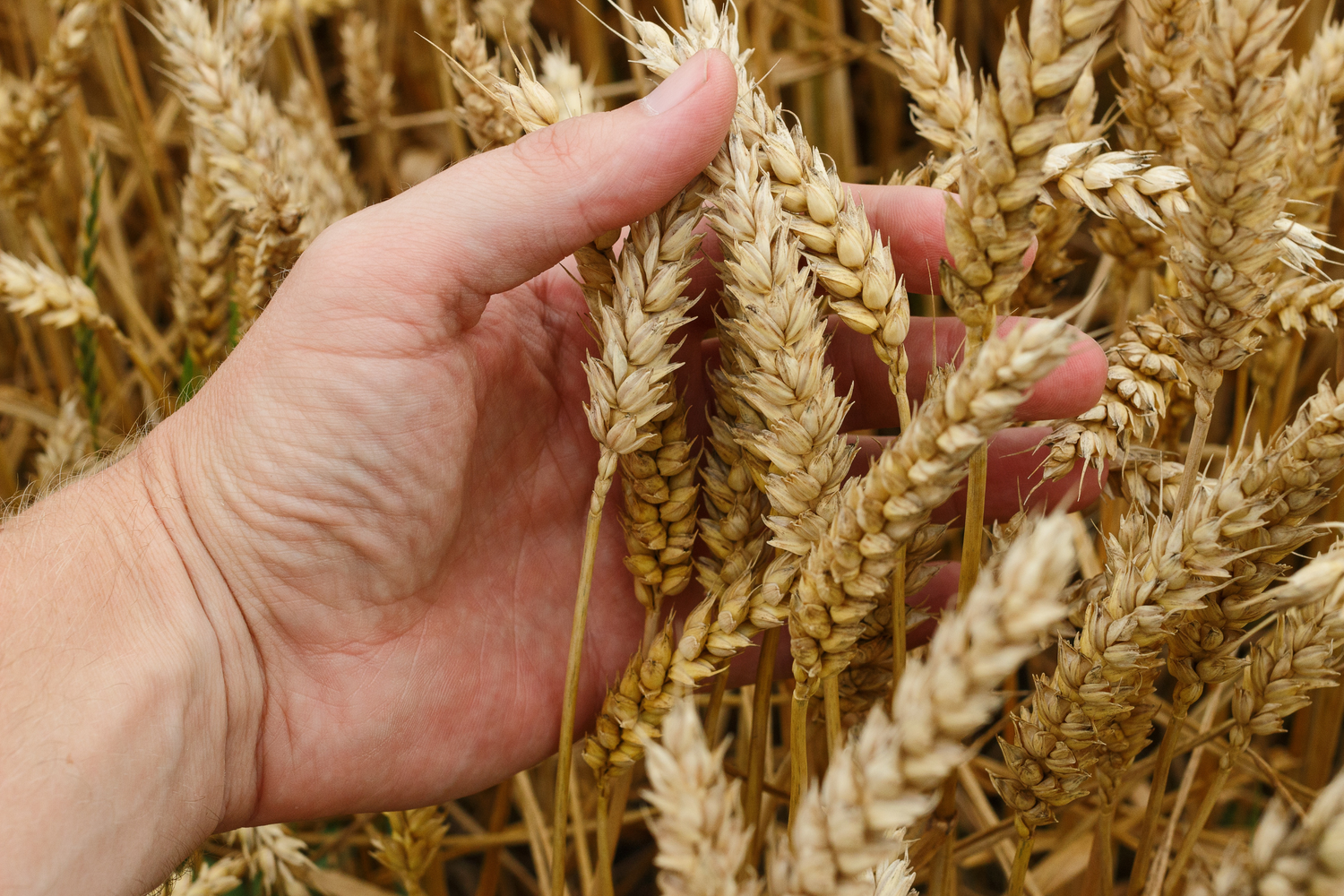
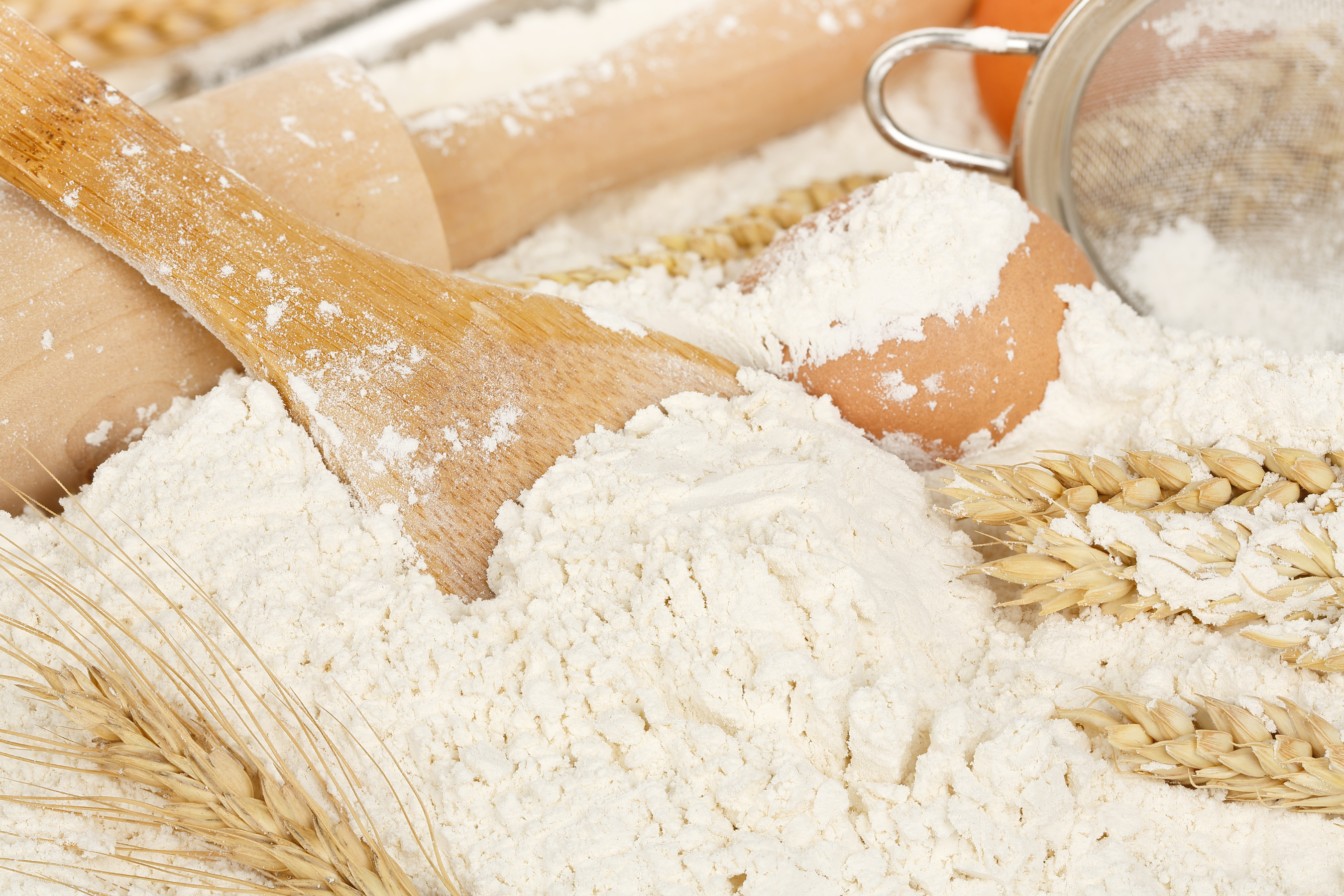
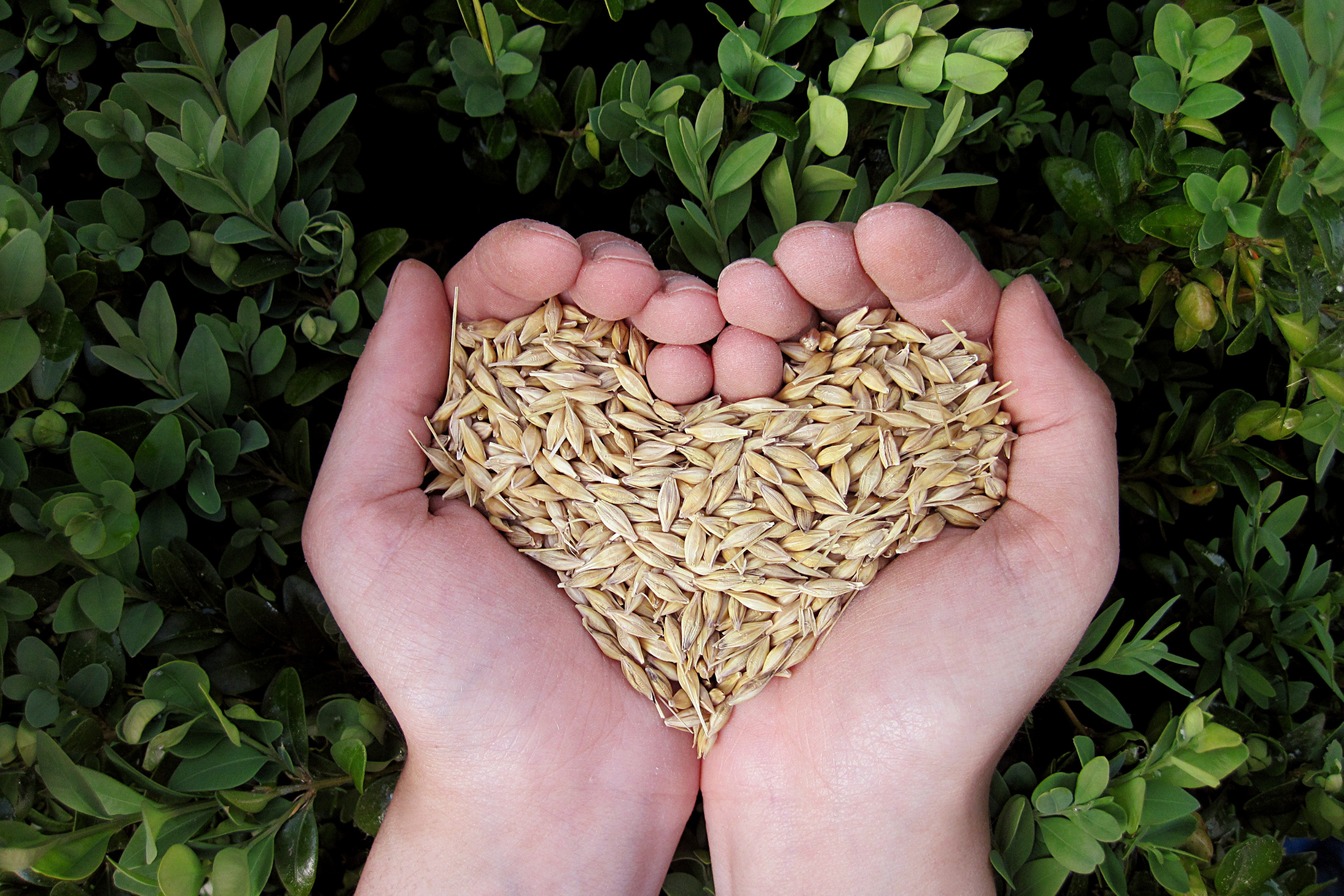
Leave a comment
All comments are moderated before being published.
This site is protected by hCaptcha and the hCaptcha Privacy Policy and Terms of Service apply.